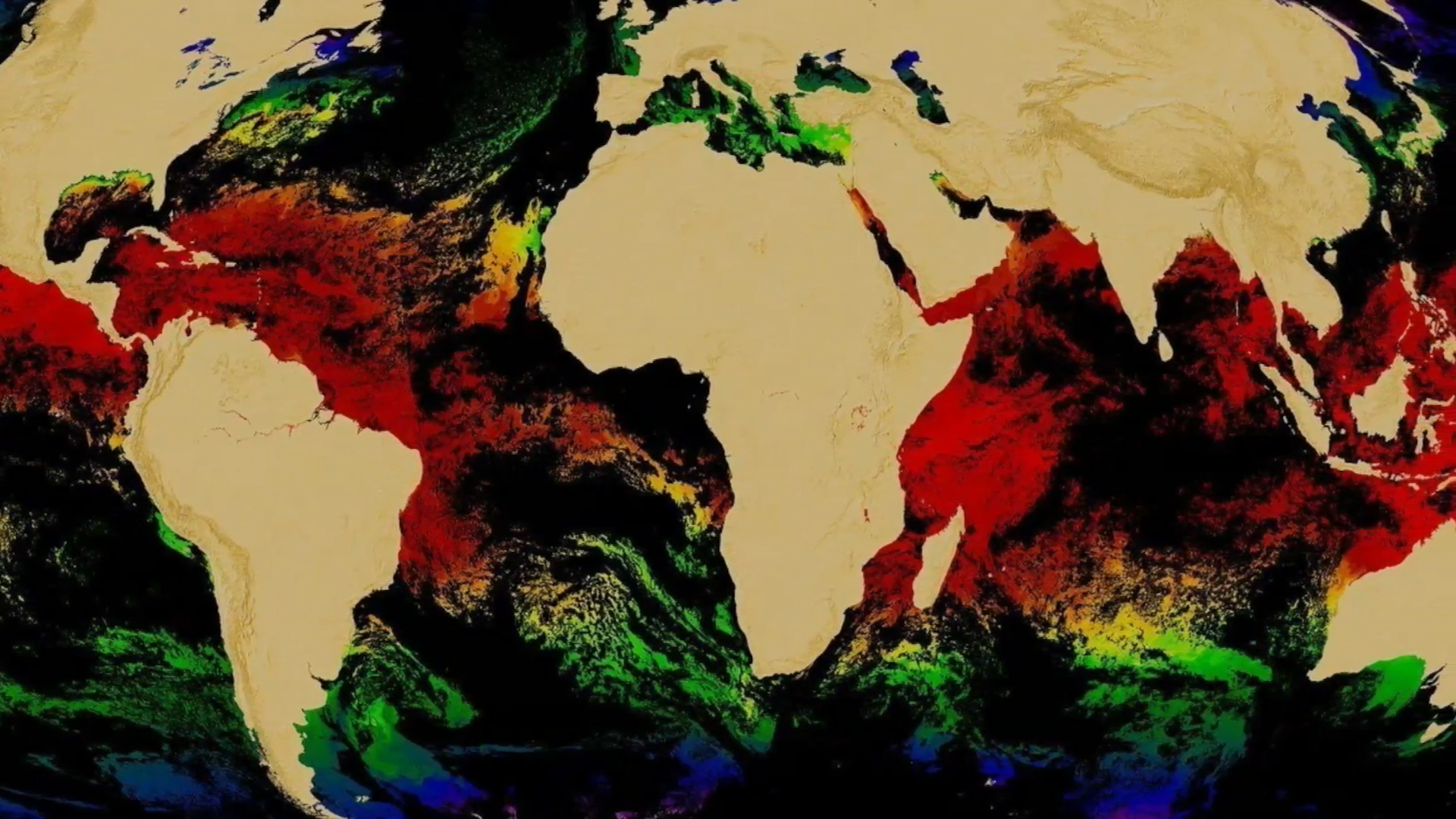Water Surface Temperature
EO Capability Benefits
Reliable and frequent water surface temperature measurements support climate monitoring, marine biodiversity protection, and disaster risk reduction. High temperatures can signal the potential for heat stress on coral reefs or harmful algal blooms. At the same time, anomalies may indicate changes in current patterns or upwelling zones. It is also critical for tracking the progression of marine heat waves, assessing the impact of extreme weather events, and informing early warning systems for coastal communities.
EO-derived water surface temperature data offers broad spatial coverage and high temporal resolution, making it far more efficient and consistent than traditional in situ measurement networks. When integrated with other EO indicators such as turbidity, chlorophyll-a, or salinity, water surface temperature enhances the ability to interpret marine environmental dynamics. It supports ecosystem modelling, coastal planning, fisheries management, and adaptation strategies under changing climate conditions. Ultimately, it empowers stakeholders with actionable insights for safeguarding both environmental and economic assets linked to ocean and coastal systems.
EO Capability Description
Monitoring Water Surface Temperature using Earth Observation (EO) technologies is essential for understanding the physical state of water bodies and coastal and marine environments. It plays a central role in ocean circulation, weather patterns, and climate systems, and it is a key driver of marine ecosystem health. Even slight changes in water surface temperature can influence the distribution of marine species, trigger coral bleaching events, or affect the productivity of fisheries and aquaculture.
Thermal infrared sensors aboard satellite platforms are used to detect surface water temperature. The sensors measure the radiation emitted by the ocean surface, which is directly related to its temperature. Data is acquired on a daily basis and processed to remove the influence of clouds, atmospheric water vapour, and sensor-specific noise, ensuring high-quality and consistent outputs.
Satellite imagery is calibrated using global reference datasets to ensure accuracy. Individual observations are compiled into monthly temperature maps by averaging all valid daily measurements over the given period. These maps provide a clear visualisation of temperature distribution and variability across coastal and offshore areas.
The mapped data can be further processed to extract spatial statistics over predefined zones to allow for localised analysis of water surface temperature trends. Within each zone, the average temperature is calculated monthly, resulting in time series that highlight temporal variations, seasonal cycles, and long-term trends.
The outputs are provided as georeferenced temperature maps and data analytics that can be used independently or integrated into multi-parameter assessments. This information supports a range of applications, including habitat suitability modelling, marine spatial planning, climate change assessments, and the evaluation of environmental conditions affecting coastal ecosystems and marine industries.





